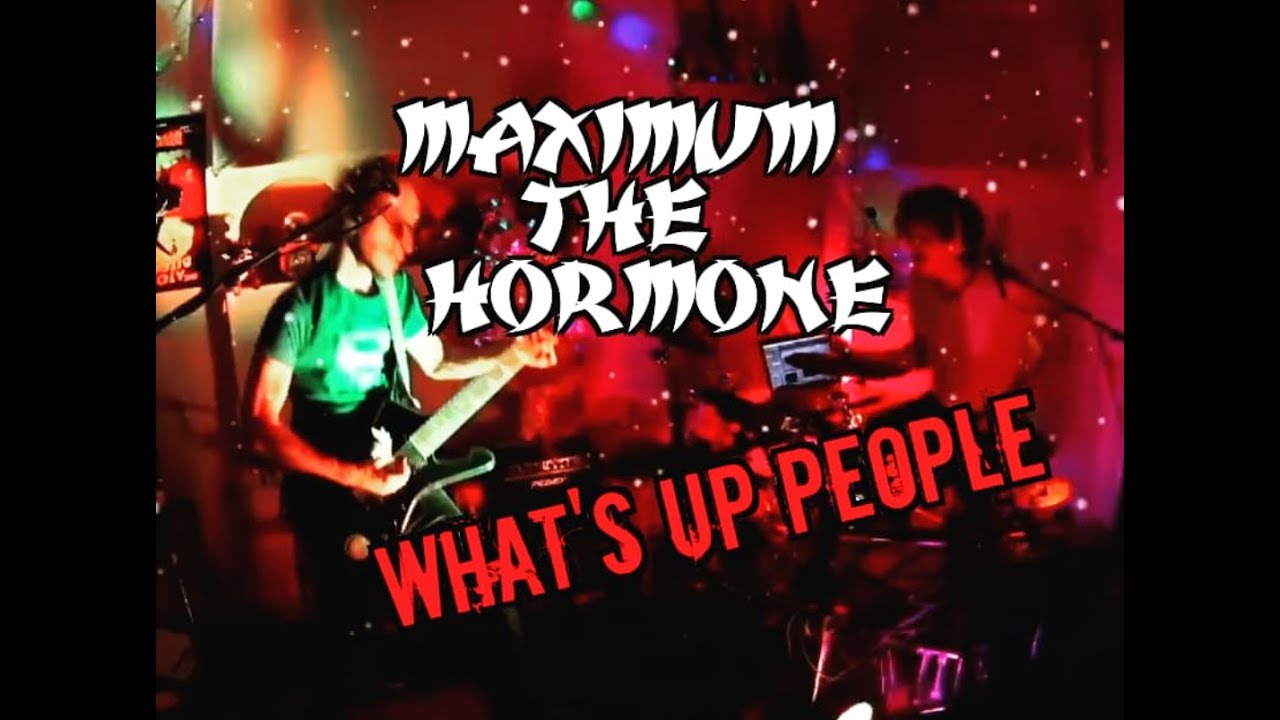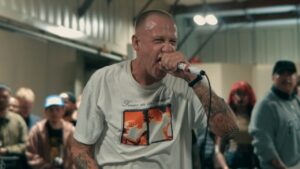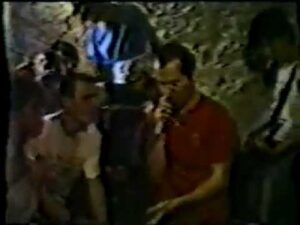Formation & Members
Maximum the Hormone, often abbreviated as MTH, is a punk and hardcore band hailing from Hachiōji, Tokyo, Japan. The group was formed in 1998, with the original lineup consisting of Daisuke Tsuda on vocals, Nao Kawakita on drums and vocals, Sugi on guitar, and Key on bass. However, the band underwent significant lineup changes early in its career. Sugi and Key departed, and in 1999, the band recruited Ryo Kawakita, Nao’s younger brother, as the guitarist and additional vocalist, and Ue-Chan (Futoshi Uehara) on bass. This lineup has remained stable since then, contributing to the band’s unique sound and dynamic stage presence.
Musical Style & Characteristics
Maximum the Hormone is known for its eclectic and energetic fusion of punk, hardcore, and metal with elements of pop, funk, and ska. Their music is characterized by rapid tempo changes, heavy riffs, and a mix of screamed and clean vocals. The dual vocal approach, with Daisuke Tsuda delivering growls and screams, and Nao providing melodic lines, creates a distinctive contrast that sets the band apart. Lyrics often incorporate a blend of Japanese and English, adding to their unique appeal. MTH’s sound is unpredictable, often shifting genres multiple times within a single track, making their music both surprising and engaging.
Key Works & Discography
Maximum the Hormone’s discography reflects their diverse musical influences and innovative style. Their early works, such as the album “A.S.A. Crew” released in 1999, showcased their punk roots. However, it was their later albums that solidified their reputation. In 2004, they released “Kusoban,” which began to attract attention with its high-energy tracks.
Their 2007 album “Buiikikaesu” was a significant breakthrough, featuring hits like “What’s Up, People?!” and “Zetsubou Billy,” both of which were featured in the popular anime “Death Note,” propelling the band to international fame. This album is often credited with defining their sound and showcasing their ability to blend humor with hardcore intensity.
In 2013, they released “Yoshu Fukushu,” which continued to push musical boundaries and topped Japan’s Oricon charts. This album included fan favorites such as “Maximum the Hormone” and “Koi no Mega Lover,” further cementing their place in the punk and hardcore scenes.
Influence on Other Bands/Scenes
Maximum the Hormone has had a substantial impact on the punk and hardcore scenes, both in Japan and internationally. Their unique blend of genres has inspired a new generation of musicians to experiment with hybrid styles, breaking the traditional boundaries of punk and metal. Bands across the globe have cited MTH as an influence, particularly for their fearless approach to genre-blending and their ability to incorporate humor and social commentary into their music.
The band has also played a pivotal role in broadening the appeal of Japanese rock and punk music outside of Japan. Their international tours and participation in global festivals have introduced audiences worldwide to the dynamic energy of Japanese hardcore music.
Breakups or Reunions
Maximum the Hormone has remained largely intact in terms of its lineup since 1999, with no official breakups. However, the band has experienced periods of hiatus or slowed activity due to various reasons. Notably, in 2018, the band took a break from touring when Nao Kawakita took maternity leave. Despite these temporary pauses, the band has consistently returned with renewed energy and creativity, maintaining a strong connection with their fanbase.
Current Reputation & Legacy
Today, Maximum the Hormone is celebrated as one of the most innovative and dynamic bands in the punk and hardcore scenes. They are known for their electrifying live performances, characterized by high intensity, theatricality, and audience interaction. The band maintains a loyal fanbase in Japan and enjoys a significant following internationally, particularly in Europe and North America.
Their legacy is defined by their refusal to conform to genre expectations and their ability to continuously reinvent their sound. Maximum the Hormone’s influence can be seen in the growing acceptance and popularity of genre-blending in punk and metal music, as well as in the increasing global interest in Japanese music culture.
Conclusion
Maximum the Hormone stands out as a band that defies categorization, constantly pushing the boundaries of punk and hardcore music. Their journey from a local Tokyo band to international fame is a testament to their innovative spirit and dedication to their craft. As they continue to evolve and influence new generations of musicians, Maximum the Hormone’s legacy as trailblazers in the punk and hardcore scenes remains firmly established.









